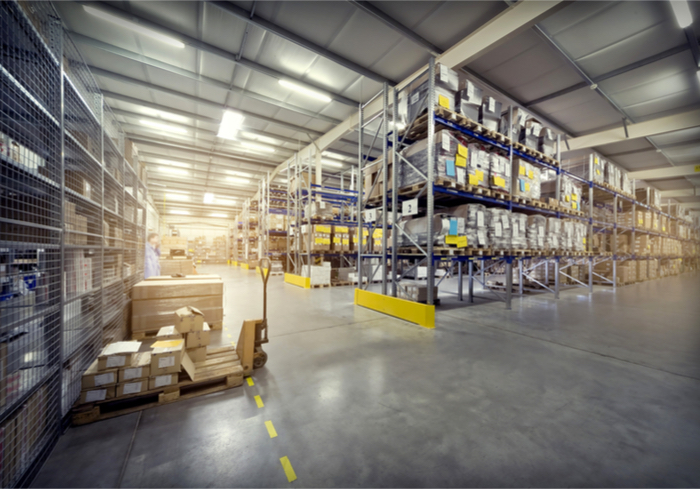
Retail continues to migrate toward eCommerce, but warehouse space is not designed to keep up with the increasing pace of online orders. The average age of a warehouse in the U.S. is more than 30 years old, and many lack modern features, CNBC reported.
CBRE has found that most warehouses constructed prior to 2005 had low ceilings, tight space and uneven flooring — issues that are not easy to fix through a renovation.
“It’s not very easy to remodel a warehouse if the ceiling height is too low,” CBRE’s Director of Research for the Americas Colin Yasukochi said in a report. “Most of the developments we have seen occur from the ground up.”
Construction of new warehouses is occurring in areas such as California, Phoenix, Las Vegas and Atlanta. However, some of the oldest warehouses in the U.S. are in areas such as New Jersey, Boston, Pittsburgh and Philadelphia. While the past decade has seen the construction of 1 billion square feet of more modern warehouses, new space only makes up 11 percent of total warehouses in the U.S.
And buying land on which to build a warehouse is becoming an increasingly pricey proposition. As two-day shipping becomes heavily favored among consumers, eCommerce firms are under mounting pressure to locate their warehouses and distribution centers as close to their customer bases as possible.
According to reporting from technology news source Recode, that means these firms need large tracts of industrially zoned land near major cities — something that is not easy to come by. Though construction is starting to meet demand, according to reports, it’s difficult to keep up the pace — which is, in turn, putting pressure on land and real estate prices. In some cases, the increase is steep — to the tune of approximately $100,000 per acre from the nearly $50,000-an-acre price common a year ago, according to CBRE. The cost for smaller, so-called “last mile,” warehouses within easy access of urban zones can cost as much as $250,000 an acre, up 25 percent year over year.